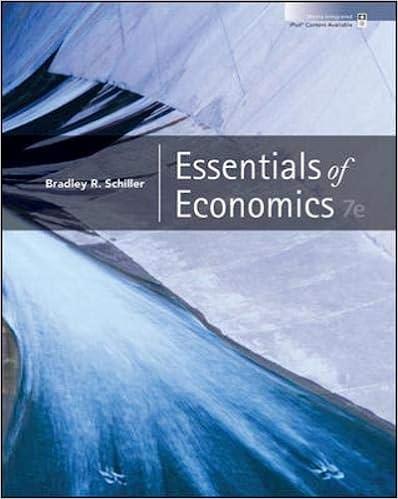Question
2) Let v denote the expected healthcare costs of a given individual. Suppose that v is distributed uniformly over the interval [0, 10] in the
2) Let v denote the expected healthcare costs of a given individual. Suppose that v is distributed uniformly over the interval [0, 10] in the young population, and uniformly over the interval [10, 30] in the old population. Suppose further that because of risk aversion, a person with expected healthcare cost v is willing to pay up to v + 4 to purchase (complete) health insurance. Assume that 1 2 of the total population are young and that 1 2 are old. Each person knows his or her expected healthcare costs, but insurance companies can observe only whether a person is young or old. Assume that the insurance industry is perfectly competitive.
a) Suppose all insurance companies set premium p for the young. Identify the set of young people who purchase health insurance at that premium, and find expected insurance-company profits as a function of p. Do the same for the old, when all companies set premium q for them.
b) Find equilibrium premiums p for the young and q for the old. Show that at these premiums, the proportion of the old people who purchase health insurance is smaller than that of the young. Hint: Note that the profits of the insurance company from young consumers are (p) = p E[v|insured young given p] and the profits from old consumers are (q) = q E[v|insured old given q]. Use the fact that there is perfect competition among insurance companies (so that they earn zero profits from both types of consumers) to derive the equilibrium prices.
Step by Step Solution
There are 3 Steps involved in it
Step: 1

Get Instant Access to Expert-Tailored Solutions
See step-by-step solutions with expert insights and AI powered tools for academic success
Step: 2

Step: 3

Ace Your Homework with AI
Get the answers you need in no time with our AI-driven, step-by-step assistance
Get Started


